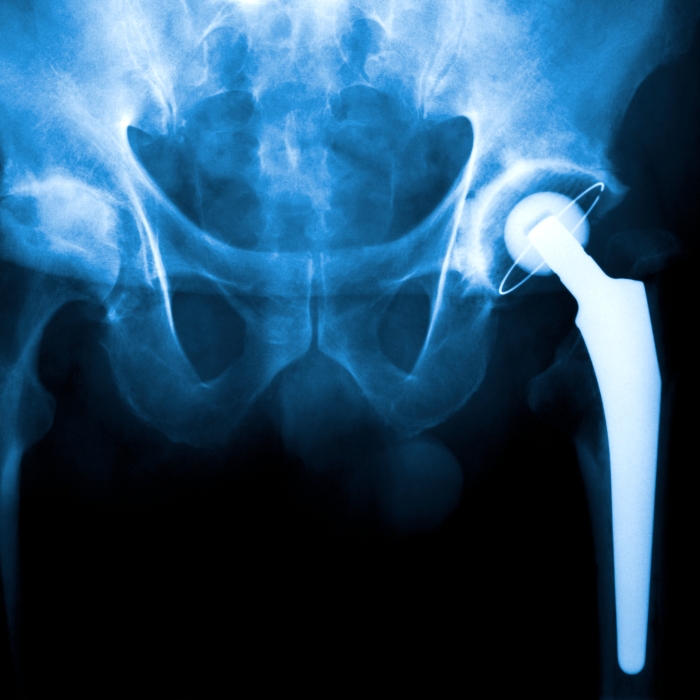November 21, 2023
In a small study of explanted patient devices, ceramic-on-ceramic hip implants showed minimal distribution of debris in the body
For hip replacement procedures, modern ceramic-on-ceramic (CoC) bearings have demonstrated extremely low wear when compared to their polyethylene and cobalt chromium counterparts. Due to the small amount of wear and difficulty in detecting and isolating particles, little is still known about the wear particles from CoC total hip arthroplasty. The composite ceramic implants are made up of a matrix of zirconia platelet toughened alumina (ZPTA), which can appear as wear particles over an extended period.
To better understand the potential wear of CoCs, Exponent's Ryan Siskey and Derek Holyoak collaborated with colleagues in ceramic production, medicine, and academia to co-author the research paper "Ceramic Wear Particles: Can They Be Retrieved In Vivo and Duplicated In Vitro?"
The paper, published in The Journal of Arthroplasty, examined a small sampling of three patients undergoing total hip replacement of CoC implants to evaluate explanted ceramic hip implants and periprosthetic hip tissue. The study supported that the actual wear rate of these CoC implants is low, potentially allowing orthopedic device manufacturers to reduce widespread debris distribution in the human body.
Currently, CoC implants have exhibited improved durability; however, long-term studies are still needed to monitor possible concerns over fracture of ceramic components in the body.

"Ceramic Wear Particles: Can They Be Retrieved In Vivo and Duplicated In Vitro?"
Read the full articleFrom the publication: "Little is known about retrieved zirconia platelet toughened alumina (ZPTA) wear particles from ceramic-on-ceramic (CoC) total hip arthroplasty. Our objectives were to evaluate clinically retrieved wear particles from explanted periprosthetic hip tissues and to analyze the characteristics of in vitro-generated ZPTA wear particles."


